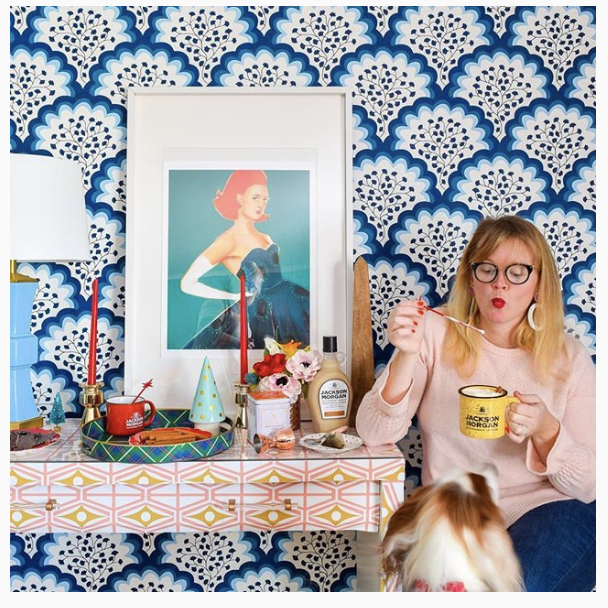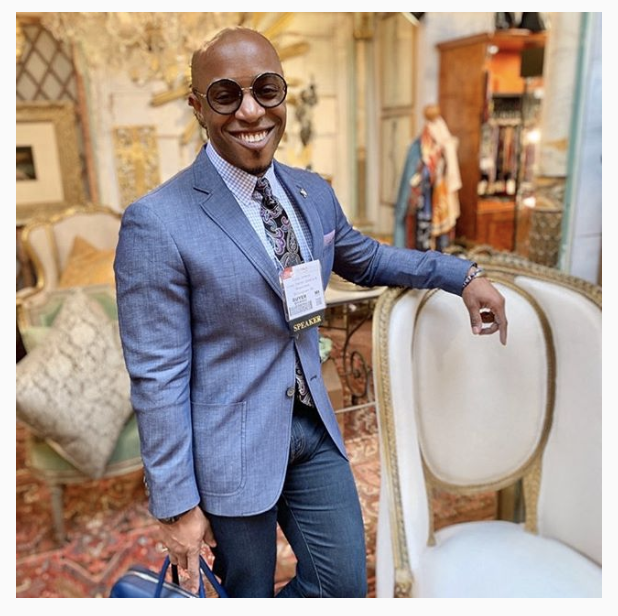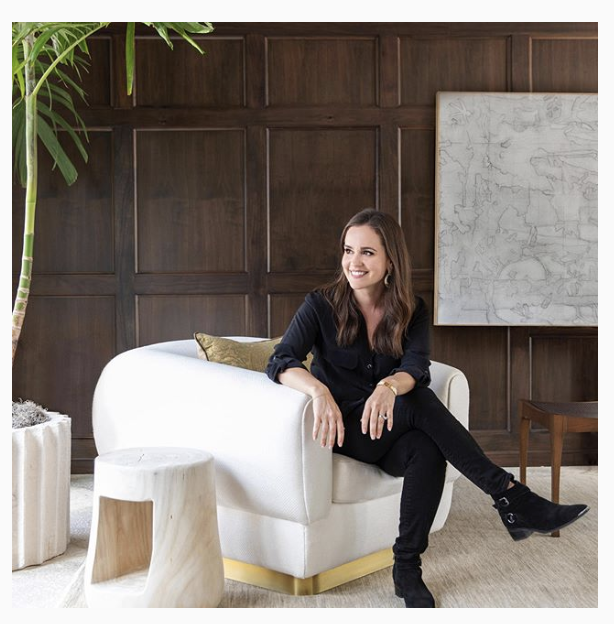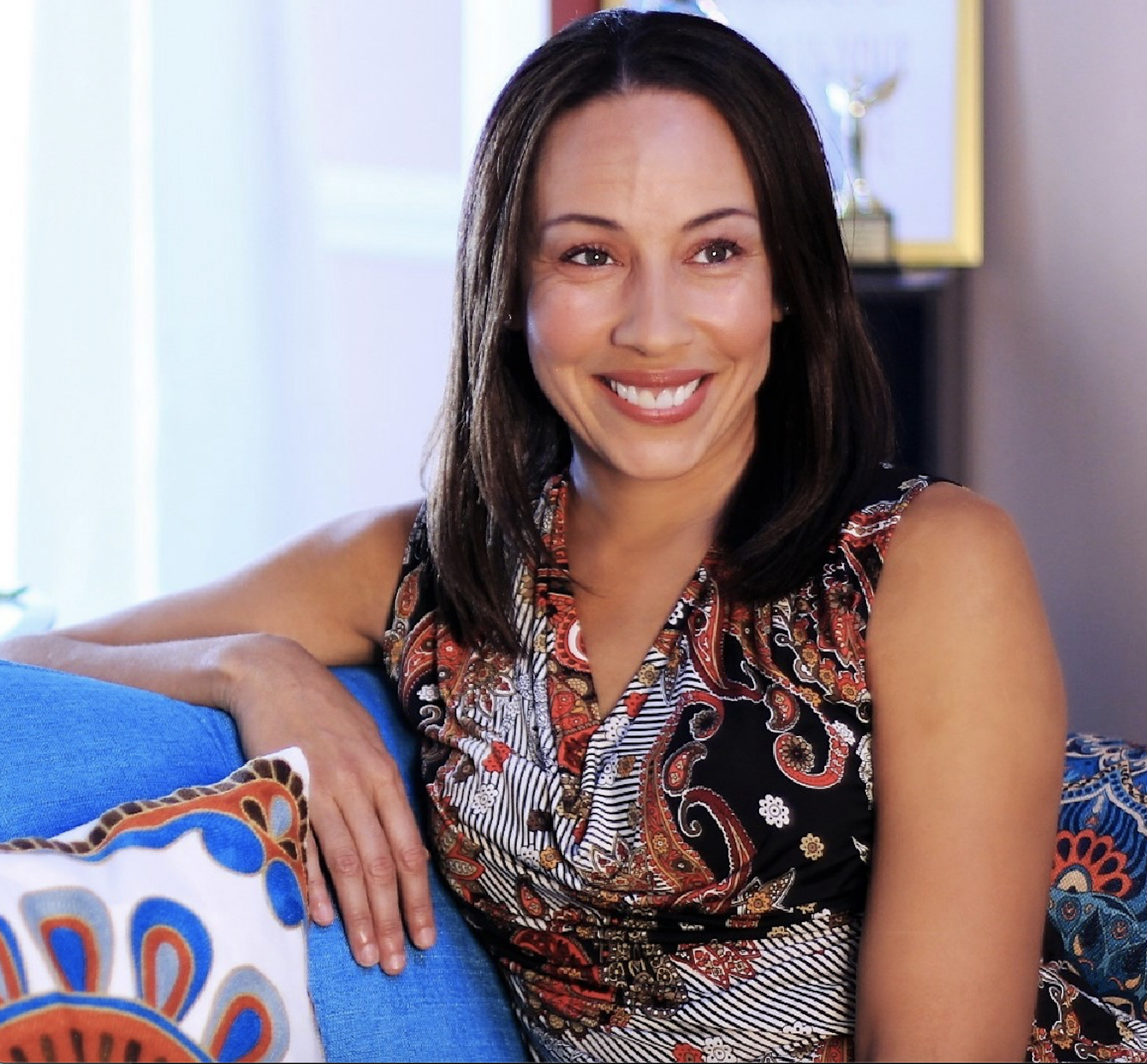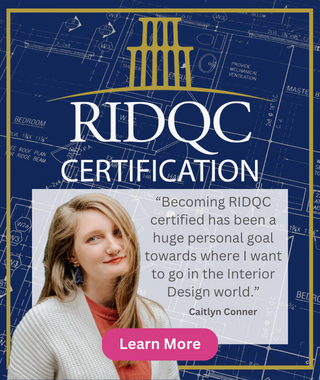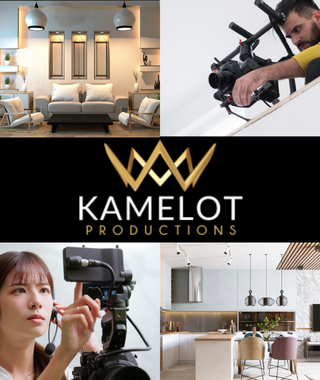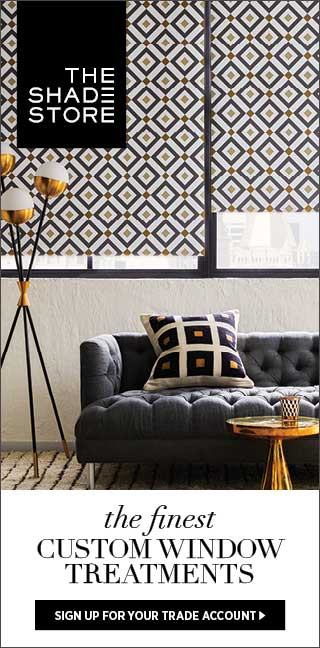Love it or leave it, Valentine's Day is February's standout holiday. It's nearly impossible to step into a grocery store, drug store or big box chain without seeing aisle after aisle of cellophane-wrapped chocolates, stuffed animals and colorful cards.
It may be traditionally associated with lovers, but these days, Valentine's Day isn't just for romantic partners. In 2019, Americans spent 27.4 billion dollars on the holiday, yet just more than half of that amount was for spouses or significant others. The rest was spent on coworkers, family members, teachers, children's' classmates, friends and even pets.
This is a refreshing statistic. After all, we don't have to be romantically associated with someone for them to bring us joy. People seem to either love Valentine's Day or hate it: we've decided to fully embrace the day as a chance to stay connected to the people we love, as well as those who make small but mighty impacts on our daily lives. Whether it's a card, gift or even just a text with a cute GIF, reach out to your loved ones next Friday! Give your assistant, mail carrier, doorman or babysitter a small gift. Take your best friend out for lunch. And yes, enjoy that candlelit dinner with your sweetie if you can.
Speaking of connecting, this month's newsletter explores ways in which designers can use social media to stay connected to clients—past and potential—all year long. The vast majority of American adults use some form of social media, so it is a prime avenue to interact with customers and other industry professionals.
Remember, we love to share positive, productive, and inspirational stories from our members. Do you attract or interact with clients via social media? Did you land a dream client? Were you inspired by a trip or life event? If so, we'd love to hear about it. Email us at
support@dsasociety.org and we'll share your story with the DSA community.
Natasha Younts DSA
Founder/President
Designer Society of America
by Davina van Buren
Should Your Design Business Be on Social Media?
Once an afterthought, social media is now a large part of many companies' marketing campaigns. From the nation's largest brands to its tiniest niche industries, business owners know they can find their audience online.
But there is more to a successful social media campaign than just posting. Forbes reports that nearly 80 percent of professional interior designers are active on social media—yet only 17 percent say it's effective in promoting their business. This proves that just because a business uses social media doesn't mean it's actually helping the brand. Whether you are trying to attract big spenders, establish yourself as a “go-to” designer, or build your subject matter expertise, you can up your social media game by engaging in a few best practices.
1. Pick Your Platform(s)
The biggest question that many designers have about social media is which platform to use. The answer is simple: the best platform is the one you will actually use. If you don't “get” Twitter and have never even bothered to create an account there, don't feel obligated to tweet. If you don't know what Snapchat is, forget about starting there.
Our advice: stick to Facebook, Instagram, and Houzz. Seven in 10 American adults (69 percent) use Facebook, with roughly three-quarters of users (74 percent) visiting the site daily and 50 percent visiting the site multiple times a day. Facebook users span a range of age groups, while Instagram attracts a decidedly younger demographic: 67 percent of 18 to 29-year-olds. While these sites are more casual in nature, Houzz—the online community about architecture, interior design, landscape design and home improvement—attracts a more targeted audience who are actively looking for or interested in design services specifically.
These photo-centric sites are perfectly-suited for designers since they emphasize eye-catching visuals, so focus your social media efforts here, at least in the beginning. Denver-based designer
Andrea Schumacher is a great example of a designer who is doing several platforms—including Facebook, Instagram, Pinterest and Houzz—well.
2. Be Authentic - Be You
Social media is ultimately a form of content marketing, which is not about the hard sell. It's about establishing yourself as a subject matter expert and freely sharing information that helps people. Let's say you're passionate about sustainable design practices—well guess what? There are millions of other people who care about this, too, and they want to learn more. By sharing your knowledge as an industry professional on social media, you're establishing yourself as an expert in your niche. Depending on the platform, you can also share articles about design, architecture, home improvement, and other relevant topics. Even if that potential customer isn't ready to start their project today, they will likely remember you when it's time to proceed and seek you out because they trust you.

3. Beautiful photos should be the cornerstone of any designer's social media campaign. Think of your social media accounts as online portfolios which are constantly being updated. You can post photos of your projects-in-progress, recently completed projects, or throwbacks from projects past (with your clients' permission, of course). When traveling, share photos of spaces that inspire you or have interesting history.
Texas-Based designer
Marie Flanigan, who currently boasts more than 206,000 Instagram followers, told
Gabby: “The majority of our posts feature our designs, so the look, feel, and the color story may fluctuate throughout the week. With that being said, a great deal of our work leans toward a nature-inspired color palette. We find that serves as a common thread weaving throughout our feed. We recommend capturing and sharing crisp, bright photography that powerfully represents who you are as an interior design and what you value.”
Once you're comfortable with photos, you can branch out into video, which is one of the most underutilized aspects of social media. Videos receive priority in social feeds; by incorporating them into your social media strategy, you'll be one step ahead of the competition.
4. Metrics Matter
If you really want to know if social media is helping your business model, you'll need to measure the impact of your efforts. Just like websites, social media platforms have built-in analytics that allow you to see how many people visit your page, how many interactions you have, response rates, and much more. Learn to use these. How else will you know if you're making an impression?
Tip: DSA designers who complete their online profiles and keep them updated increase their visibility in Google's search engines. Google's algorithms increase your rating through repetition and recognition, and linking to reputable organizations such as DSA
increases your social proof.
5. Hire Help if You Need It
Even though it's typically free to open a social media account, designers should consider the time investment involved in a successful social media strategy. Even if you're not spending a ton of time posting, just having it on your plate can be a distraction. If social media isn't your “thing,” consider outsourcing these efforts. This is exactly the kind of task where a virtual assistant comes in handy.
Many virtual assistants specialize in social media and can even help with minor branding. Make sure to discuss specifics such as how often you will post, what format different kinds of posts will take (will your captions be short and pithy, lengthy and educational, or a mix of both?), and what hashtags you'll use. You'll want to do some keyword research regarding hashtags, and consider creating your own hashtag so that visitors can easily search for your work. Outsourcing these tasks frees you up to do what you do best: work with clients. Just make sure
you do your research: you want someone with a demonstrable record of managing successful media campaigns, even if it's on a small scale.
Is social media a part of your marketing strategy? Which platforms do you use, and what successes have you experienced online? We'd love to hear your stories.
support@dsasociety.org
—Davina van Buren, VP of Marketing, Designer Society of America
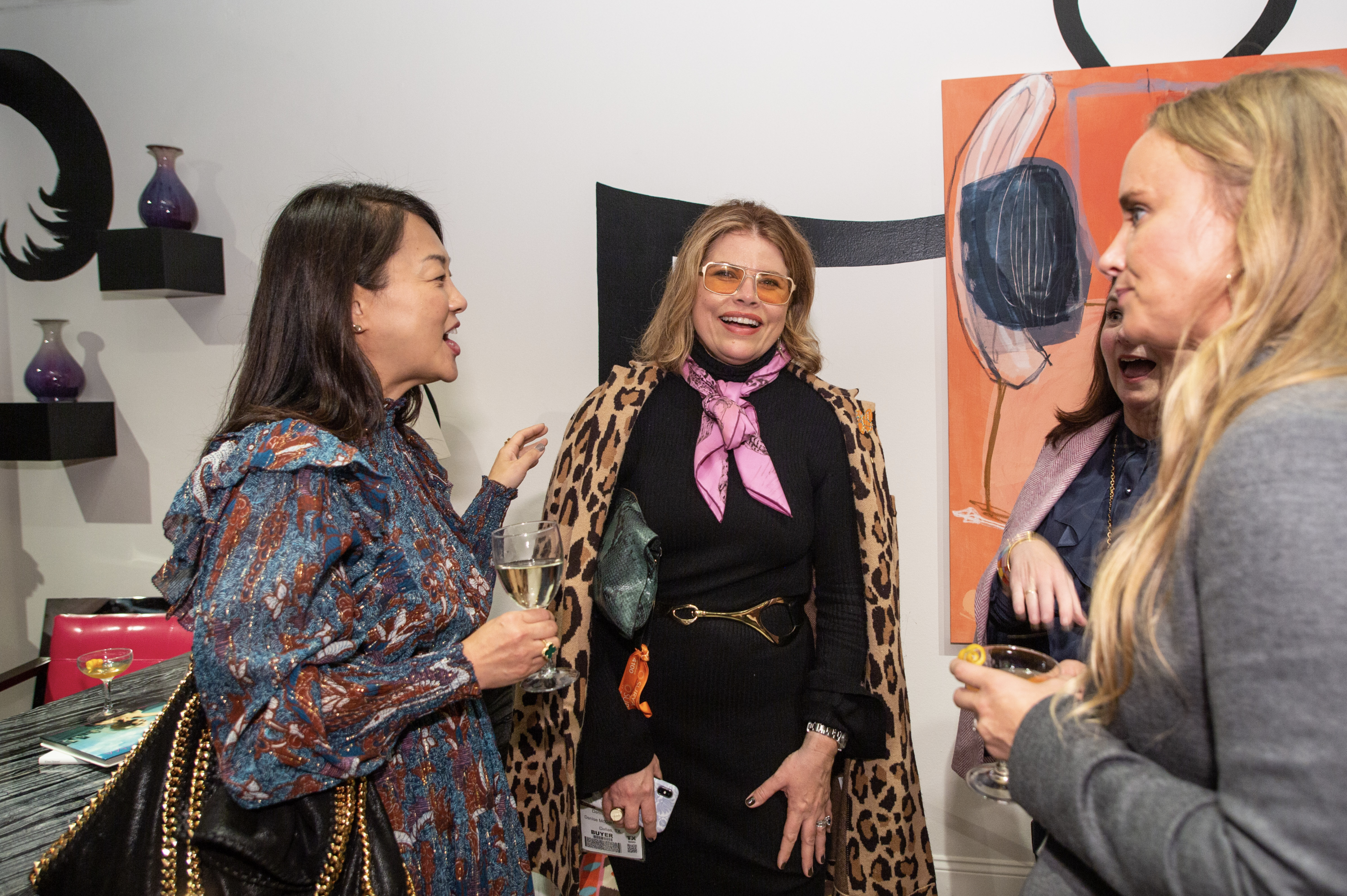
Experience a small tour with
HIgh Point Market can be a daunting experience.
* Daily exclusive group events.
* Pre-Market prep through weekly newsletters, webinars and live tutorials
* Market Kick Off- Meet the other guests, get your daily itineraries and a sneak peek of what to expect as well as the “must sees and dos”.
* Daily agenda choked full of showroom visits, private receptions, workshops, meet and greets, new product launches, education and socializing.
* Rub shoulders with the industry elite
* Meetups with peers- this is the best kept secret about the VIP Experience- networking, mentoring and camaraderie.
* Farewell event hosted by yours truly.
APPLY NOW - (link for application)
LIMITED NUMBER ALLOWED on TOUR
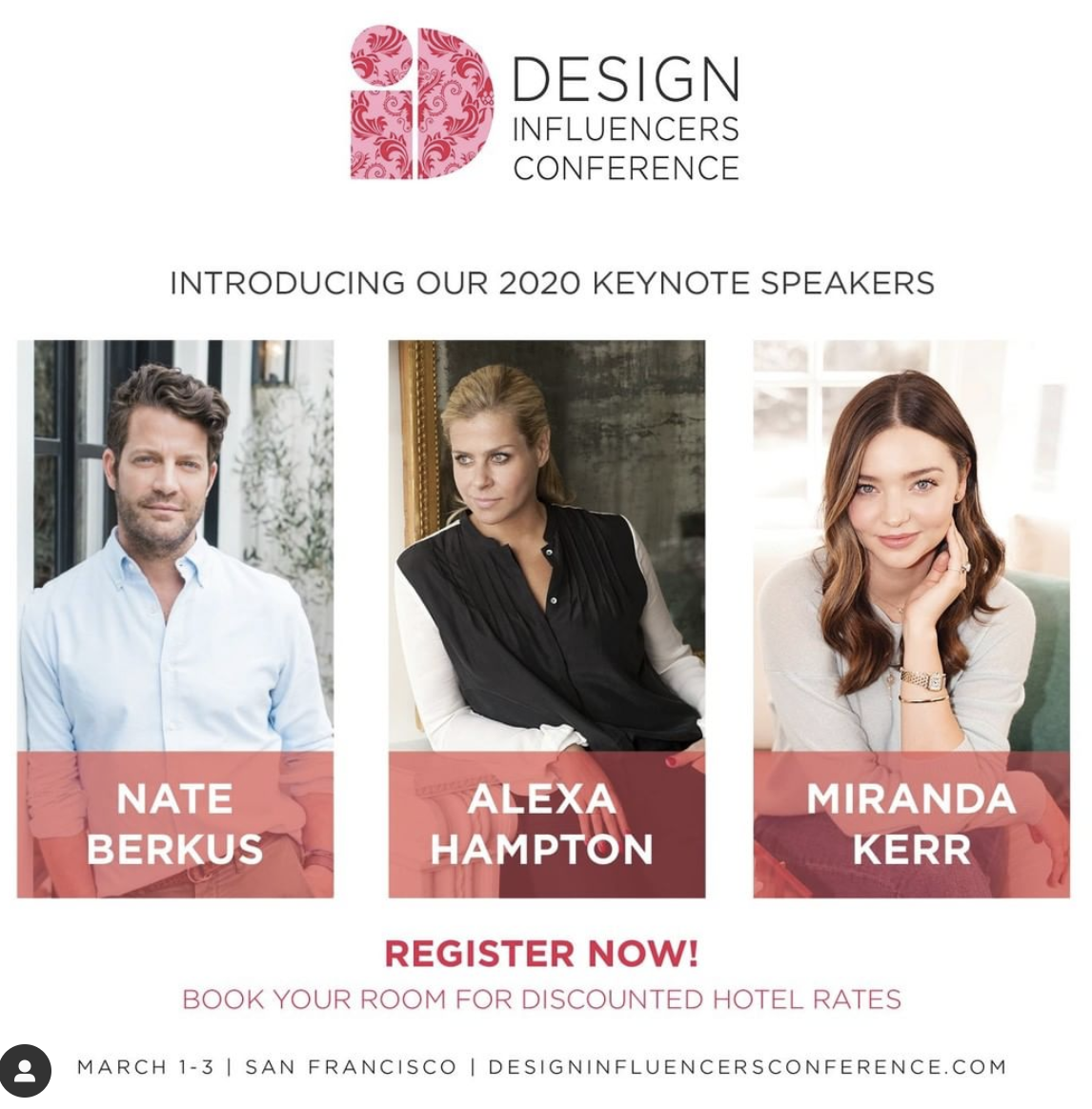
DESIGN INFLUENCERS CONFERENCE
MARCH 1-3, 2020 | GRAND HYATT SAN FRANCISCO | SAN FRANCISCO, CA
The conference offers attendees a unique opportunity to participate in the intersection of interior design and the world of new media including blogging, social media, e-commerce, digital branding, book publishing, line promotion, and more.


